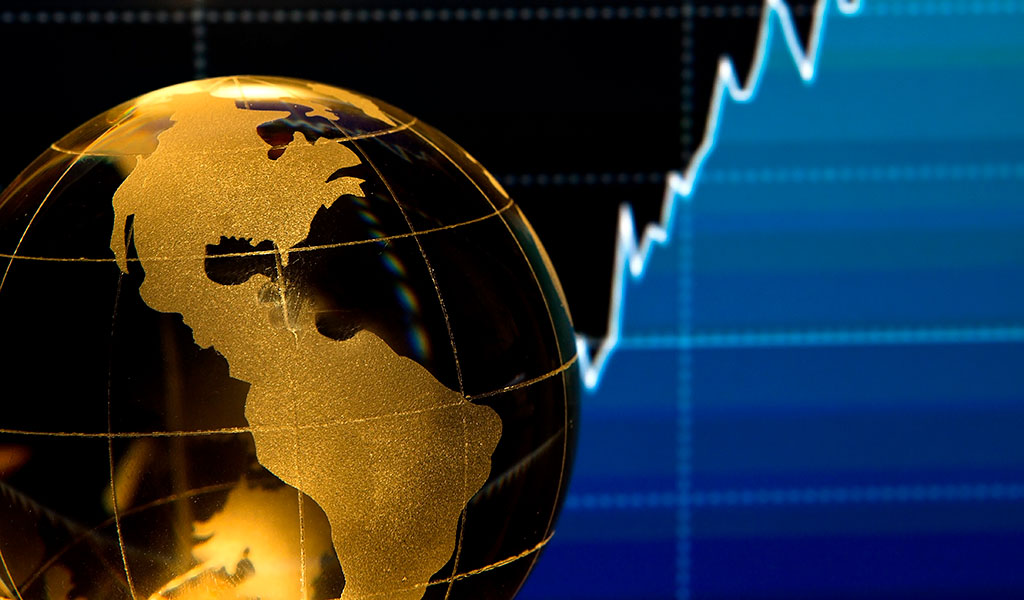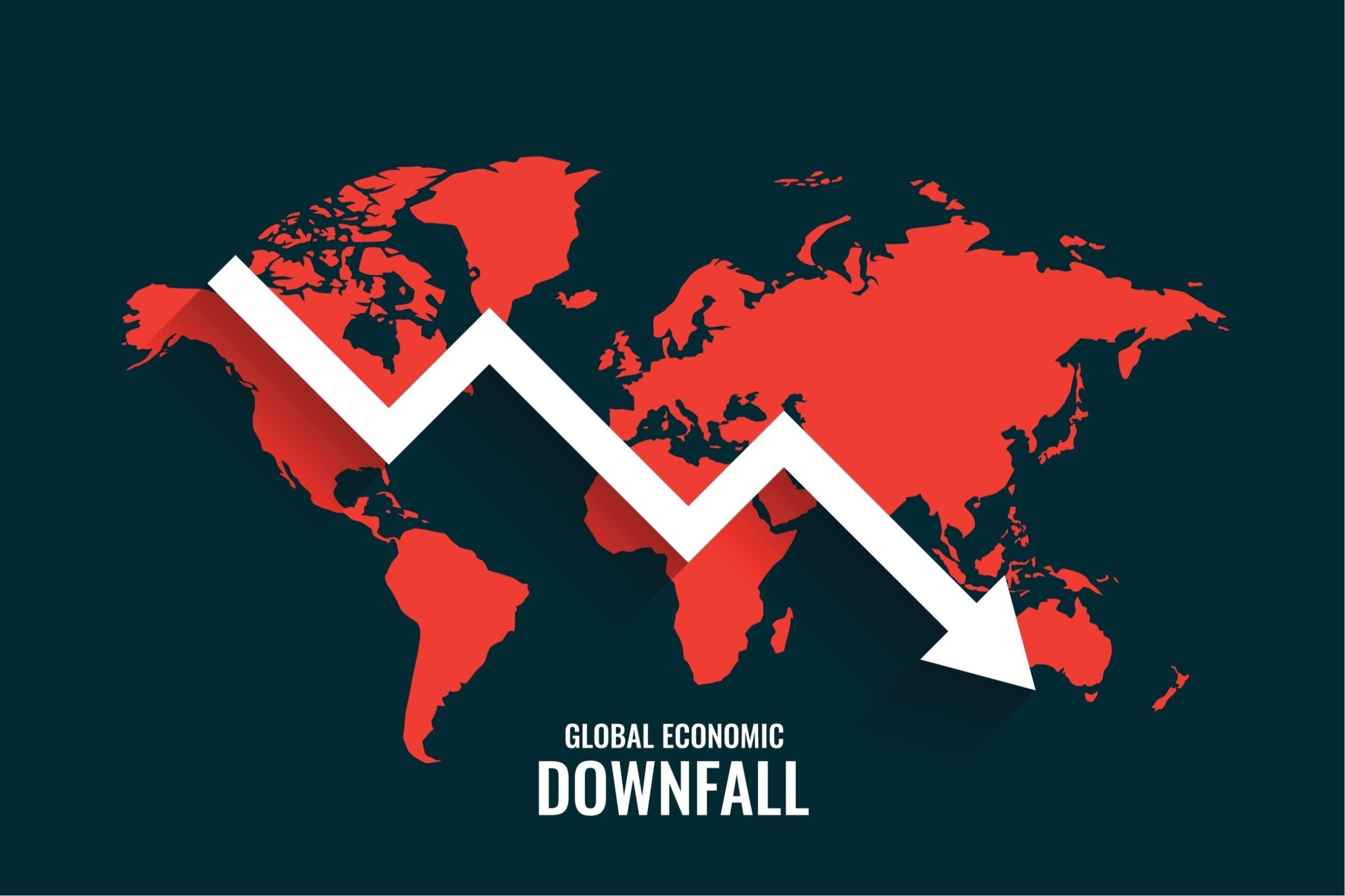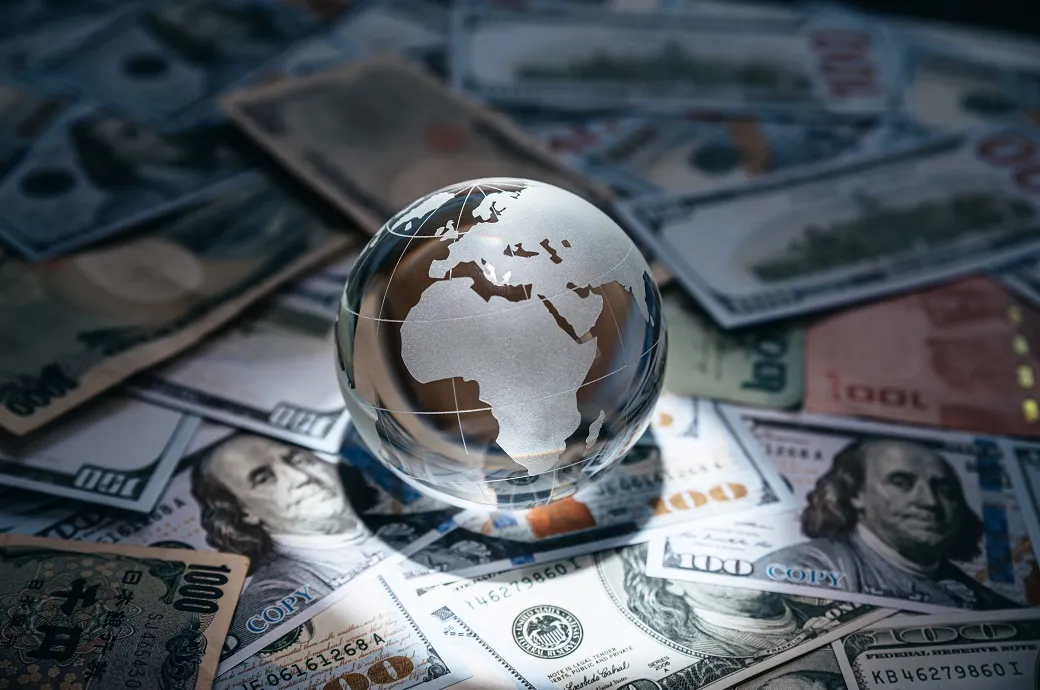The global economy in 2024 is a landscape shaped by a confluence of factors that have created both opportunities and significant challenges. As we move deeper into the 21st century, the interconnectedness of global markets, coupled with technological advancements, has brought about profound changes. However, these changes have also introduced a range of economic uncertainties that nations must navigate carefully.
Global Economy Growth and Slowdowns

Economic growth remains a central focus for countries worldwide. However, the rate of growth has been uneven across different regions. In 2024, developed economies like the United States, the European Union, and Japan are experiencing slower growth rates compared to emerging economies in Asia and Africa. This disparity is largely due to differences in demographic trends, technological adoption, and policy responses to global challenges such as climate change and geopolitical tensions.
In the United States, for instance, the Global Economy has been grappling with the aftermath of successive interest rate hikes initiated by the Federal Reserve to combat inflation. These measures have slowed down consumer spending and investment, leading to a deceleration in GDP growth. Meanwhile, the European Union has been contending with energy shortages and the economic impacts of ongoing geopolitical conflicts, particularly in Eastern Europe. This has led to a cautious approach to economic policy, with an emphasis on maintaining stability over aggressive growth.
In contrast, emerging economies like India and several African nations have been growing at a faster pace. These regions are benefiting from a younger population, rapid urbanization, and increasing digitalization. However, they are not immune to the global challenges that threaten economic stability, such as inflationary pressures and supply chain disruptions.
Inflation and Monetary Policies
Inflation has been a persistent issue across the globe, affecting both developed and developing economies. In 2024, inflationary pressures have remained elevated, driven by factors such as supply chain disruptions, rising energy prices, and increased demand for goods and services as economies recover from the COVID-19 pandemic.
Central banks have responded with a variety of monetary policies to control inflation. The Federal Reserve, European Central Bank, and other major central banks have raised interest rates to cool down overheated economies. While these measures have been somewhat effective in curbing inflation, they have also resulted in higher borrowing costs, which have dampened economic growth and investment.
In emerging markets, the situation is more complex. Countries like Brazil and Turkey have experienced hyperinflation in recent years, forcing their central banks to take aggressive action. However, the effectiveness of these policies has been mixed, as structural issues such as political instability and economic mismanagement continue to exacerbate inflationary pressures.
Geopolitical Tensions and Their Economic Impact

Global Economy
Geopolitical tensions have had a profound impact on the global economy in 2024. The ongoing conflict in Ukraine has disrupted global supply chains, particularly in energy and agriculture. This has led to significant price increases in oil, gas, and food products, contributing to global inflationary pressures.
The economic sanctions imposed on Russia by Western nations have also had far-reaching consequences. While these sanctions have severely impacted the Russian Global Economy, they have also led to retaliatory measures that have affected global trade. Europe, in particular, has been hit hard by the reduction in energy supplies, forcing it to seek alternative sources and rethink its energy policy.
In Asia, tensions between China and Taiwan have escalated, raising concerns about potential military conflict and its economic repercussions. The possibility of sanctions and trade disruptions in this region has created uncertainty in global markets, particularly in the technology sector, where Taiwan plays a crucial role in semiconductor manufacturing.
The Middle East continues to be a region of concern, with ongoing conflicts and political instability affecting oil prices and global energy markets. The impact of these geopolitical tensions extends beyond the affected regions, influencing global investment flows, currency stability, and overall economic confidence.
Technological Disruption and the Future of Work
Technological advancements continue to be a driving force in the global economy. In 2024, innovations in artificial intelligence, automation, and digitalization are transforming industries and reshaping the labor market. While these technologies offer significant productivity gains and new economic opportunities, they also present challenges in terms of job displacement and the need for workforce retraining.
The rise of automation and AI is particularly evident in manufacturing and service industries, where machines are increasingly replacing human labor. This trend has led to concerns about job losses and income inequality, as lower-skilled workers are more vulnerable to displacement. Governments and businesses are under pressure to address these issues through policies that promote skills development and social safety nets.
At the same time, the digital Global Economy is expanding rapidly, with e-commerce, fintech, and digital services becoming major contributors to GDP growth. The COVID-19 pandemic accelerated the shift towards digitalization, and this trend has continued in 2024. However, the digital divide remains a significant issue, with unequal access to technology and internet connectivity exacerbating economic disparities between and within countries.
Climate Change and Environmental Sustainability

Global Economy
Climate change is one of the most pressing challenges facing the global economy in 2024. The increasing frequency and severity of natural disasters, such as hurricanes, wildfires, and floods, are causing significant economic damage and disrupting livelihoods. The economic costs of climate change are becoming more apparent, with impacts on agriculture, infrastructure, and public health.
In response, there is growing momentum towards environmental sustainability and the transition to a low-carbon economy. Governments, businesses, and international organizations are increasingly committed to reducing greenhouse gas emissions and investing in renewable energy sources. The European Union’s Green Deal and the United States’ Infrastructure Investment and Jobs Act are examples of major policy initiatives aimed at addressing climate change while boosting economic growth.
However, the transition to a sustainable Global Economy is not without challenges. The shift away from fossil fuels has implications for industries that are heavily reliant on carbon-intensive energy sources. Countries that are major producers of oil, coal, and natural gas face the difficult task of diversifying their economies and managing the social impacts of the transition.
Global Trade and Supply Chain Resilience
Global trade patterns have been disrupted by a series of crises in recent years, including the COVID-19 pandemic, geopolitical tensions, and supply chain bottlenecks. In 2024, the global economy is still grappling with the consequences of these disruptions, with supply chain resilience emerging as a key priority for businesses and governments.
The pandemic exposed the vulnerabilities of just-in-time manufacturing and global supply chains, leading to shortages of essential goods and components. In response, companies are reevaluating their supply chain strategies, with a focus on diversification, nearshoring, and increasing inventory levels to mitigate risks.
Trade tensions between major economies, particularly the United States and China, continue to create uncertainty in global markets. The decoupling of supply chains between these two economic giants is reshaping global togelon login trade patterns, with companies seeking alternative sources of production and markets. This shift is contributing to the realignment of global supply chains, with Southeast Asia and India emerging as key players in the new trade landscape.
Conclusion: Navigating an Uncertain Future
The global economy in 2024 is characterized by uncertainty and complexity. While there are opportunities for growth and innovation, the challenges posed by inflation, geopolitical tensions, climate change, and technological disruption are significant. Policymakers, businesses, and individuals must navigate this uncertain landscape with caution, resilience, and adaptability.
As the world moves forward, the ability to anticipate and respond to emerging economic trends will be crucial. The global economy is at a crossroads, and the decisions made today will shape the future for generations to come. In this dynamic and interconnected world, collaboration and cooperation at the international level will be essential to address the challenges and seize the opportunities that lie ahead.




